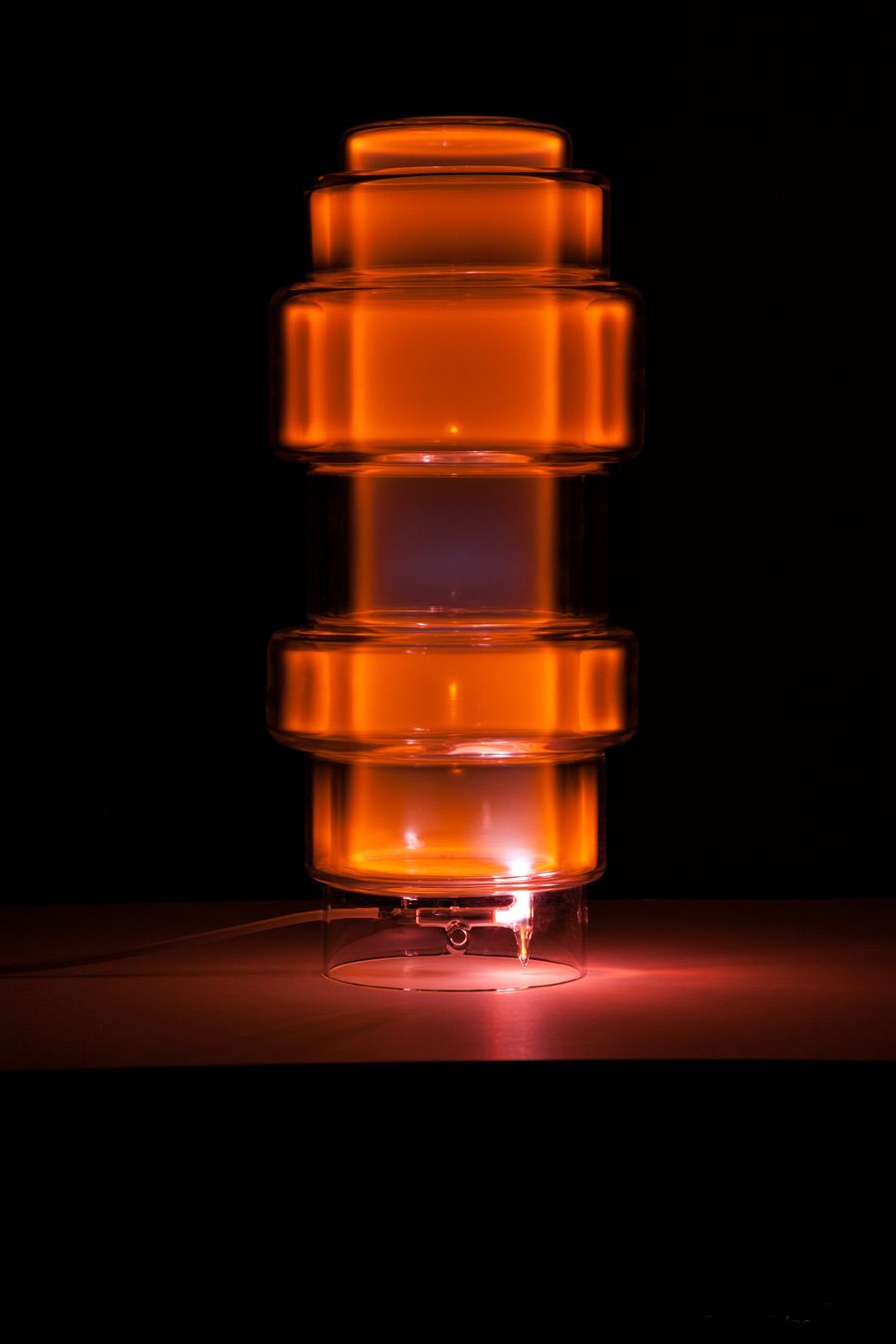
Fluorescent lamps are a type of energy-efficient lighting that use electricity to excite mercury vapor within a glass tube, causing it to emit ultraviolet light. This ultraviolet light then interacts with a phosphor coating on the inside of the tube, producing visible light. Fluorescent lamps are known for their efficiency, as they use up to 75% less energy than traditional incandescent bulbs and can last up to ten times longer. They are available in a variety of shapes and sizes, including compact fluorescent bulbs for use in smaller spaces. While they are more costly upfront compared to incandescent bulbs, the cost savings from their energy efficiency and longer lifespan make them a popular choice for both residential and commercial lighting applications. Fluorescent lamps are commonly used in offices, schools, and other large buildings where lighting needs to be consistent and long-lasting. Additionally, they are available in various color temperatures, making them versatile for different lighting needs, from warm, soft lighting in a living room to bright, cool lighting in a workspace. Overall, fluorescent lamps are a popular choice for those looking to save on energy costs while still providing bright and efficient lighting solutions.
Fluorescent lamps are a popular choice for lighting in many homes and businesses due to their energy efficiency and long lifespan. These lamps contain a small amount of mercury vapor that emits ultraviolet light when an electric current passes through it, causing the phosphor coating inside the lamp to fluoresce and produce visible light. This process is much more efficient than the incandescent bulbs, making fluorescent lamps a more environmentally friendly option.
One of the key benefits of fluorescent lamps is their energy efficiency. Compared to traditional incandescent bulbs, fluorescent lamps use up to 75% less energy to produce the same amount of light. This means that not only do they help to reduce energy consumption, but they also result in lower electricity bills for consumers. Additionally, the long lifespan of fluorescent lamps means that they need to be replaced less frequently than incandescent bulbs, further reducing waste and environmental impact.
Another advantage of fluorescent lamps is the range of sizes and shapes available. From compact fluorescent bulbs to long tube lights, there is a fluorescent lamp to suit every lighting need. This versatility makes them a popular choice for both residential and commercial applications. Additionally, fluorescent lamps are available in a variety of color temperatures, allowing consumers to choose the perfect lighting ambiance for their space. Overall, the combination of energy efficiency, long lifespan, and versatility make fluorescent lamps a smart choice for environmentally conscious consumers looking to reduce their carbon footprint.
 Decoration Ideas
Decoration Ideas









